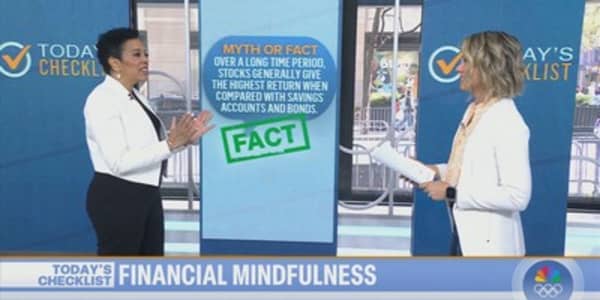Free college is not just a pipe dream in this country.
In his State of the Union address, President Obama called for free two-year community college, which was met with applause, but his proposal is not new.
As the president's "America's College Promise Act" — which would increase federal funding to cover the bulk of the average community college tuition — sits in Congress, many states are already working on their own free college programs
In fact, Minnesota, Oregon and Tennessee already have free community college programs in place, and 11 more states introduced legislation last year to start similar initiatives. Atleast 15 to 20 additional states will consider a bill on the topic this year, predicted Dustin Weeden, a senior policy specialist at the National Conference of State Legislatures.
Given the high cost of college and ensuing debt burden after graduation, students, too, could be warming up to a two-year program, particularly if it is free.
"There remains a lot of momentum," added David Baime, senior vice president for government relations and policy analysis at the American Association of Community Colleges (AACC).
A major draw is the "financial approachability," he said. "Certainly, the fact that you can graduate with no debt is very compelling."
Community college is already significantly less expensive. At two-year public schools, tuition is $3,435 for the 2015–16 school year, according to the College Board. Alternatively, at four-year public schools, tuition is $9,410 and at four-year private universities it averages $32,405.
In today's job market, more occupations necessitate some level of post-secondary education, making it increasingly difficult for those who struggle with the costs. Community college is also a viable alternative to the large proportion of students who live at home, work full time or are raising children. Still, many students go with the goal of transferring to a four-year school.
In the state-based programs already in place, students receive a scholarship for the amount of tuition that is not covered by state or federal aid. Under the Tennessee Promise program, 16,000 students enrolled in a two-year program at no cost last fall.
"If they have success bringing more students in and graduating them, that will be more of an impetus for other states to adopt similar plans," Weeden noted.
By some accounts, public two-year colleges enroll nearly one-third of all post-secondary students in this country, according to the Nexis Policy Center and the American Institutes for Research.
Community college enrollment spiked during the recession, but as the economy improved, enrollments have steadily declined every year since. However, the number of degrees and certificates awarded continues to increase, as does the completion rate, according to the AACC.
In Oregon, the first promise grants will be awarded this fall. About 5,000 to 7,000 recent high school graduates are expected to participate, according to Ben Cannon, executive director of Oregon's Higher Education Coordinating Commission.
Because Oregon is one of the first states to roll out a promise program, Cannon said there is enthusiasm but also pressure.
"We know more students will show up; we don't know more students will succeed," he said.
"If this program merely results in more students enrolling in college but not more students succeeding in college, then it shouldn't be replicated and expanded," Cannon said. "If this program results in more students earning skills that are valuable to their lives, then we should double down."







